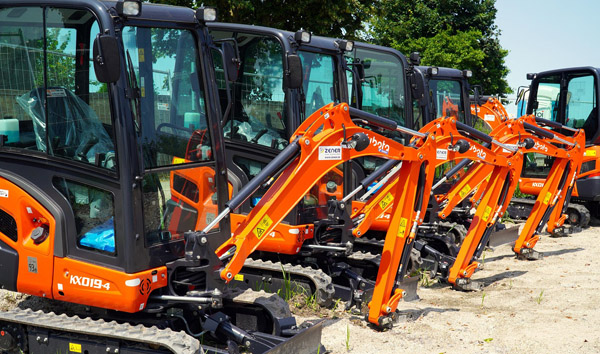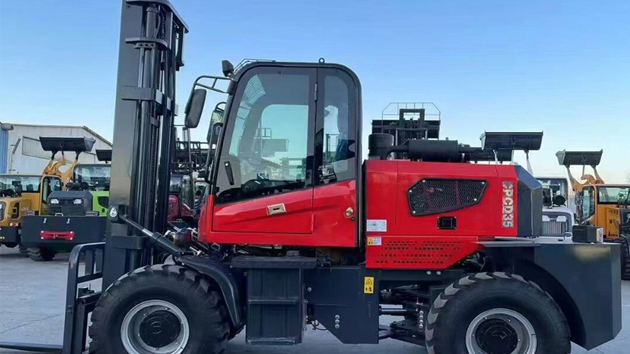Revolutionizing Heavy Lifting: The Power of Rough Terrain Forklifts in Construction
2025-07-04 04:50:29
The construction site Rough Terrain Forklift has become an indispensable asset in modern construction projects, offering unparalleled versatility and power in challenging environments. This technical report explores the engineering advancements, operational benefits, and industry data supporting the widespread adoption of these machines.
### Introduction to Rough Terrain Forklifts The construction site rough terrain forklift is specifically designed to navigate uneven, muddy, or rocky surfaces with ease. Unlike standard forklifts, these machines feature robust tires, enhanced suspension systems, and powerful engines capable of handling heavy loads in demanding conditions. According to industry reports, the global market for rough terrain forklifts is projected to grow at a CAGR of 6.2% from 2023 to 2030, driven by increasing infrastructure development.
### Key Engineering Features One of the standout features of a construction site rough terrain forklift is its reinforced chassis, which ensures stability even on unstable ground. Advanced hydraulic systems allow for precise load handling, while all-wheel-drive capabilities provide superior traction. Data from the International Construction Equipment Association (ICEA) shows that models with Tier 4 Final engines reduce emissions by up to 90%, making them environmentally compliant.
### Operational Advantages on Construction Sites The ability of a construction site rough terrain forklift to operate in harsh conditions significantly reduces downtime. Case studies from major contractors reveal that these machines improve productivity by 30% compared to traditional forklifts when working on uneven terrain. Additionally, their high load capacities—often exceeding 10,000 lbs—make them ideal for transporting heavy materials like steel beams and concrete blocks.
### Safety and Compliance Considerations Safety is a top priority when deploying a construction site rough terrain forklift. Modern models come equipped with rollover protection systems (ROPS) and load moment indicators (LMIs) to prevent accidents. OSHA regulations mandate regular inspections, and industry data indicates that forklifts with advanced safety features reduce workplace injuries by 25%.
### Future Trends and Innovations The next generation of construction site rough terrain forklifts is expected to integrate telematics and autonomous operation capabilities. Predictive maintenance algorithms, powered by IoT sensors, will further enhance efficiency. Market analysts predict that electric-powered rough terrain forklifts will capture 20% of the market share by 2025, driven by sustainability initiatives.
In conclusion, the construction site rough terrain forklift is a game-changer for the industry, combining durability, power, and innovation to meet the demands of modern construction projects.













